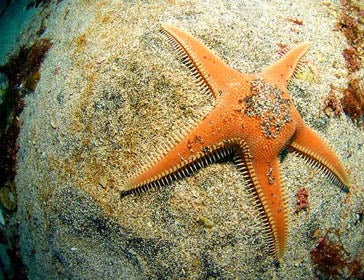Learn more: Evolution and background of Marine Protected Areas
 Historically, protected areas have had a strong terrestrial component. Currently, the European Commission fosters the protection of marine areas, in keeping with the Habitats Directive (92/43/CEE) and the Birds Directive (79/409/CEE). The Marine Strategy Framework Directive (9388/2/2007 – C6-0261/2007 – 2005/0211(COD)) includes the need to create new marine protected areas from an ecosystem perspective. In this sense, the Natura Network, which bases its decisions on scientific criteria, may constitute an opportunity to obtain acceptable representation of the marine environment and accelerate the adoption of measures on a global scale. This network must be managed through the development of and compliance to monitoring programmes of the state of ecosystems, as well as increased surveillance and the application of sanctions for infringements.
Historically, protected areas have had a strong terrestrial component. Currently, the European Commission fosters the protection of marine areas, in keeping with the Habitats Directive (92/43/CEE) and the Birds Directive (79/409/CEE). The Marine Strategy Framework Directive (9388/2/2007 – C6-0261/2007 – 2005/0211(COD)) includes the need to create new marine protected areas from an ecosystem perspective. In this sense, the Natura Network, which bases its decisions on scientific criteria, may constitute an opportunity to obtain acceptable representation of the marine environment and accelerate the adoption of measures on a global scale. This network must be managed through the development of and compliance to monitoring programmes of the state of ecosystems, as well as increased surveillance and the application of sanctions for infringements.
The current situation faced by marine areas is the product of the lack of knowledge that exists about them. As such, the first step should be the implementation of research and study projects. In this sense, Oceana has been working for years documenting and studying the seabeds of our coasts.

